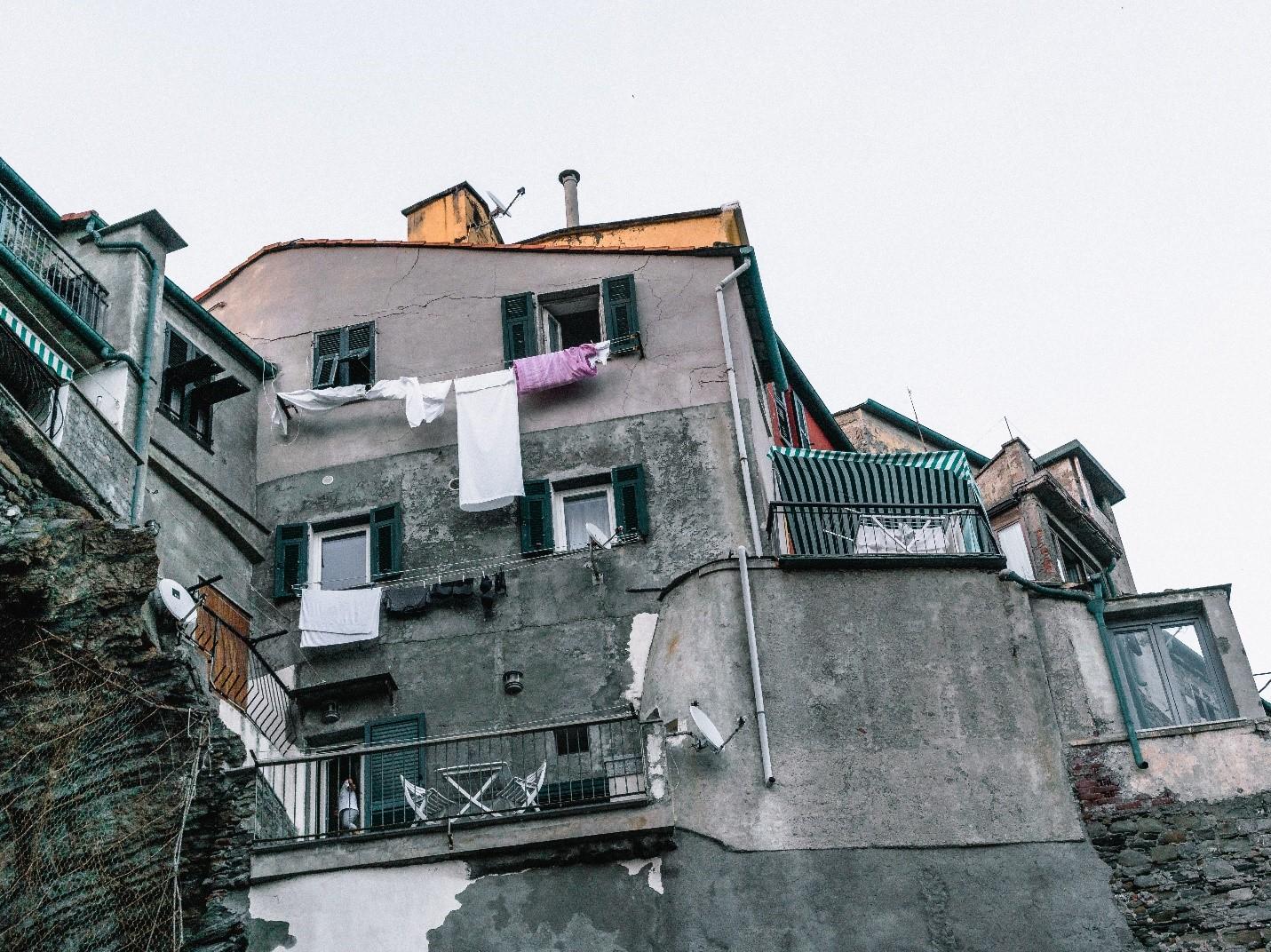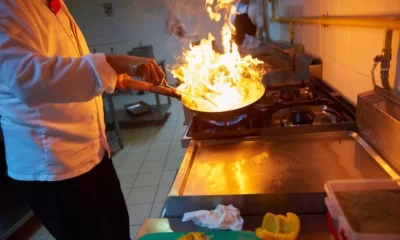Home Improvement
5 Immediate Steps You Can Take To Fix Water Damage After Flooding

Water damage is one of the most expensive repairs homeowners report in their houses. In addition to ruining furniture and furnishings, it can also disrupt the electrical wiring and equipment. Having puddles of water in your house might leave you staring at them, wondering what to do.
Deciding on your likely strategy and who to call for help might be the most challenging part of the situation. Your goal is to minimize the damage to your house and belongings. However, the more you spend time deciding your next step, the worse it may become. It is vital you act quickly after flooding to avoid further damage to your house.
The first thing you need to do is to assess the damage and start the repair process. Following are some tips for restoring water damage after the flooding.
Ensure which type of water has caused flooding
Three types of water flow through a house and can be the cause of water flooding at any given time.
It could either be the clean water coming from the taps, leaky pipes, faucets, or rainwater flooding your house during the rainy season. Another can be the grey water flowing from your washing machines, bathrooms, dishwashers, and laundry.
The last type could be black water, the dirtiest and most dangerous of all, as it contains toxins and bacteria. The water is most likely to seep from under the sewage or a nearby river (in case your house is located near a canal).
Flooding from clean water is the easiest to manage, and you might be able to clean it on your own. However, black water may require the assistance of a water damage advisor. It is not just the cleanup you need but also the restoration of valuable assets. The advisor will inspect the damage and bring support teams to help your house get back to its shiny new self. Also, cleaning black water on your own can cause serious health issues, so it’s better to steer clear of its flow, evacuate immediately, and wait for the help to arrive.
Table of Contents
1. Remove the stagnant water
In case the water isn’t filled with toxins, immediately get rid of the stagnant water filled the house. The longer water remains undisturbed, the more hazardous and expensive it becomes to restore the damage.
Commonly, a submersible pump is used to suck out the standing water in and around the premises of the house. Make sure accumulated water is drained within forty-eight hours to prevent the buildup of dangerous organisms.
Moreover, you should wash your rugs and carpets right away, or bacteria may build up and render them unfit for use.
2. Estimate the water damage
Once you have removed all the water, it is time to estimate the damage caused by flooding. Cleaning the water will reveal what has been destroyed or if mold has already begun to infiltrate the walls and other areas.
If you have hired a water damage expert, you can be rest assured that they will measure moisture levels and the extent of its penetration into walls and foundations. They use highly sensitive infrared and digital imaging equipment to examine the damage.
3. Inspect the mold
After assessing the extent of water damage, inspect your belongings for any water damage and mold. Under some temperatures, mold only needs twenty hours to grow. Even if you have rescued your furniture and furnishings from the puddle of water, they may still run the risk of being destroyed by the mold. You must first determine the extent of mold and where it has spread. However, while assessing the damage, stay cautious as molds and mildew can pose a threat to human health.
For minor mold issues, you can cut the area, place it in a zip bag, and throw it away. When dealing with serious issues, it’s better to leave the site and let the professionals handle it. Poor handling of these issues can be extremely detrimental and dangerous to health.
4. Completely dry the area
Removing stagnant water does not mean that the area will dry out by itself. Instead, you have to ensure that the humidity levels of your house are back to their normal state. It is possible to dry the area in a variety of ways; however, each method is based on the severity of the situation.
Air movers can improve air circulation and control humidity in a room. By moving through porous materials like furniture and carpets, these small devices remove water one section at a time and save money as well. You can also use dehumidifiers alongside air movers to remove excess humidity and prevent further mold growth.
Make sure no excess water is left behind at the end of this drying process, which could lead to water damage escalation.
5. Check for plumbing issues in the sensitive areas of the house
Kitchens and bathrooms are two of the most sensitive areas of a house, always prone to water damage, plumbing issues, and water leaks, even under normal circumstances. However, flooding can prove to be even more problematic.
Thus, using high-quality plumbing during restoration will eliminate any unexpected leaks and breakages after all restoration work is done. A silver lining to water damage is that it provides an excellent opportunity to renovate plumbing and electrical connections, making them more efficient.
Also check about – How Much Does It Cost to Get Your Drains Unblocked?
Conclusion
Water damage in the house can be limited by the right techniques, prompt action, and the help of experts. One of the most important things you can do to prevent water damage to your house is to respond as quickly as possible and contact water removal Denver. Moreover, you also need to inspect your house for leaking pipes, dysfunctional faucets, blocked gutters, and downspouts to eliminate any chance of flooding and water damage in the house.

-

 Business4 years ago
Business4 years agoHow to Do Long-Distance Moves with Children
-

 Business3 years ago
Business3 years agoThe Ultimate Guide To Thriving In Your Printing Franchise
-

 Business3 years ago
Business3 years agoExploring The Benefits And Challenges Of Restaurant Franchising
-

 Tech4 years ago
Tech4 years agoCyber Table That Will Change Your Life
-

 Business5 years ago
Business5 years agoIs Guest Posting a Good Inbound Marketing Strategy?
-

 Lifestyle3 years ago
Lifestyle3 years agoDallas’ Hidden Gems: 6 Must-Try Restaurants Off The Beaten Path!
-

 Lifestyle3 years ago
Lifestyle3 years agoTop 10 Restaurant Franchises In The US
-

 Business3 years ago
Business3 years agoTop 10 Reasons You Should Invest In A Coworking Franchise













Recent Comments